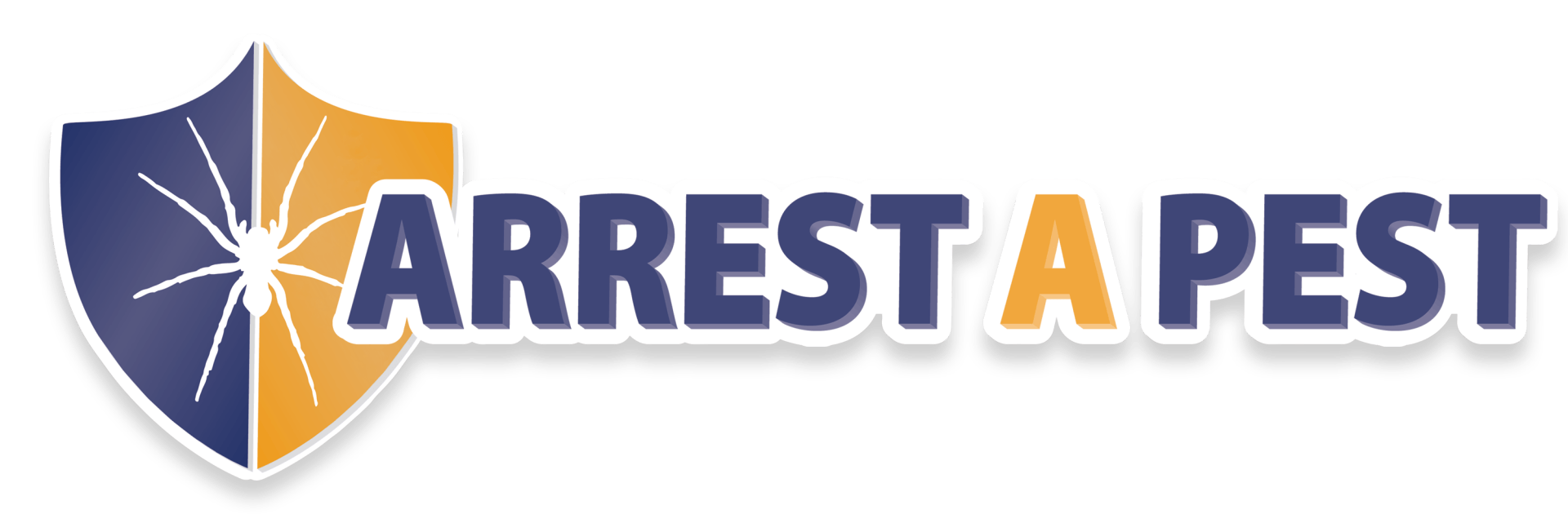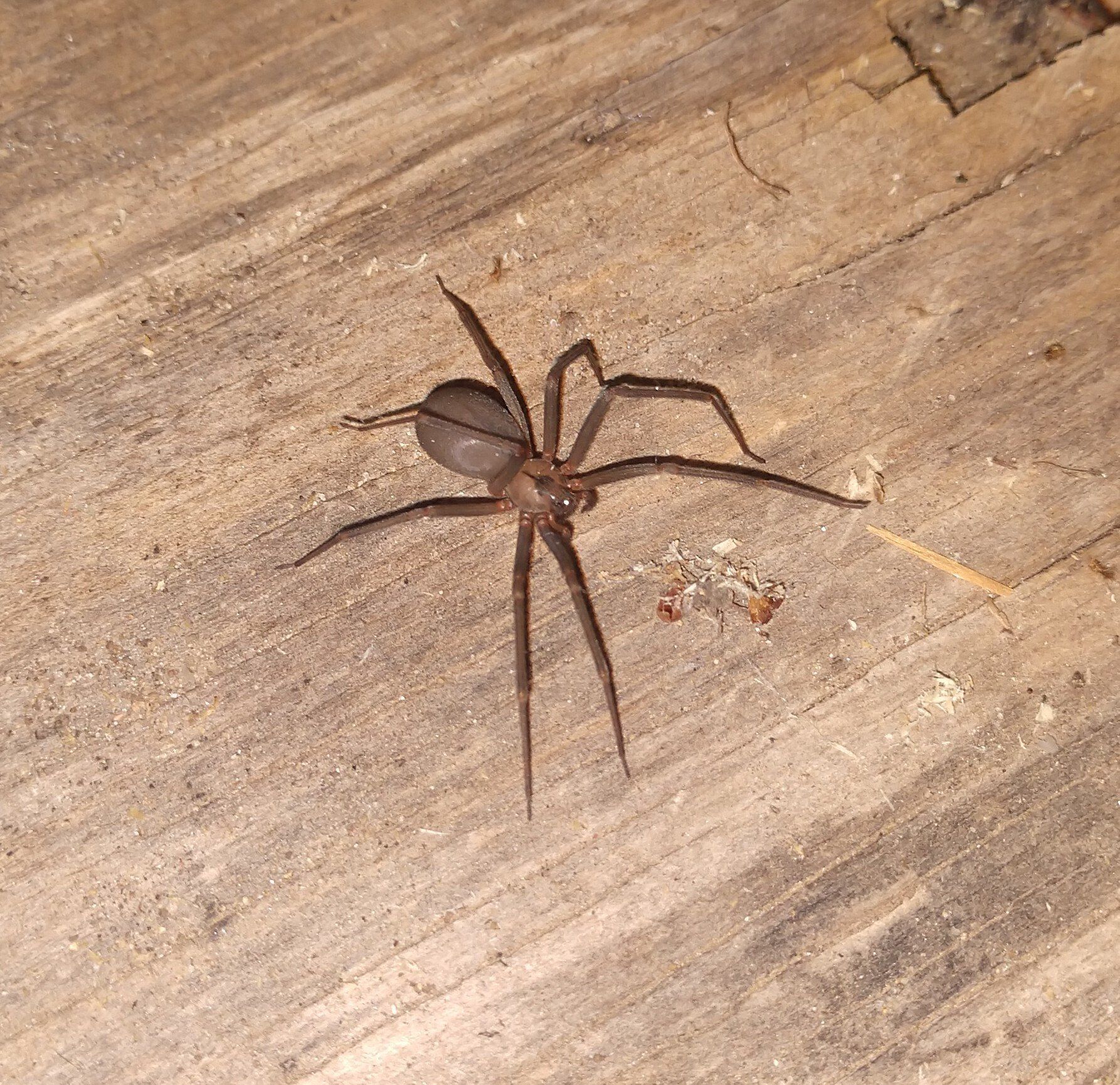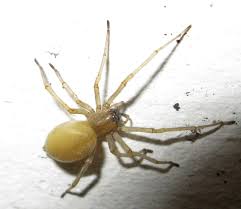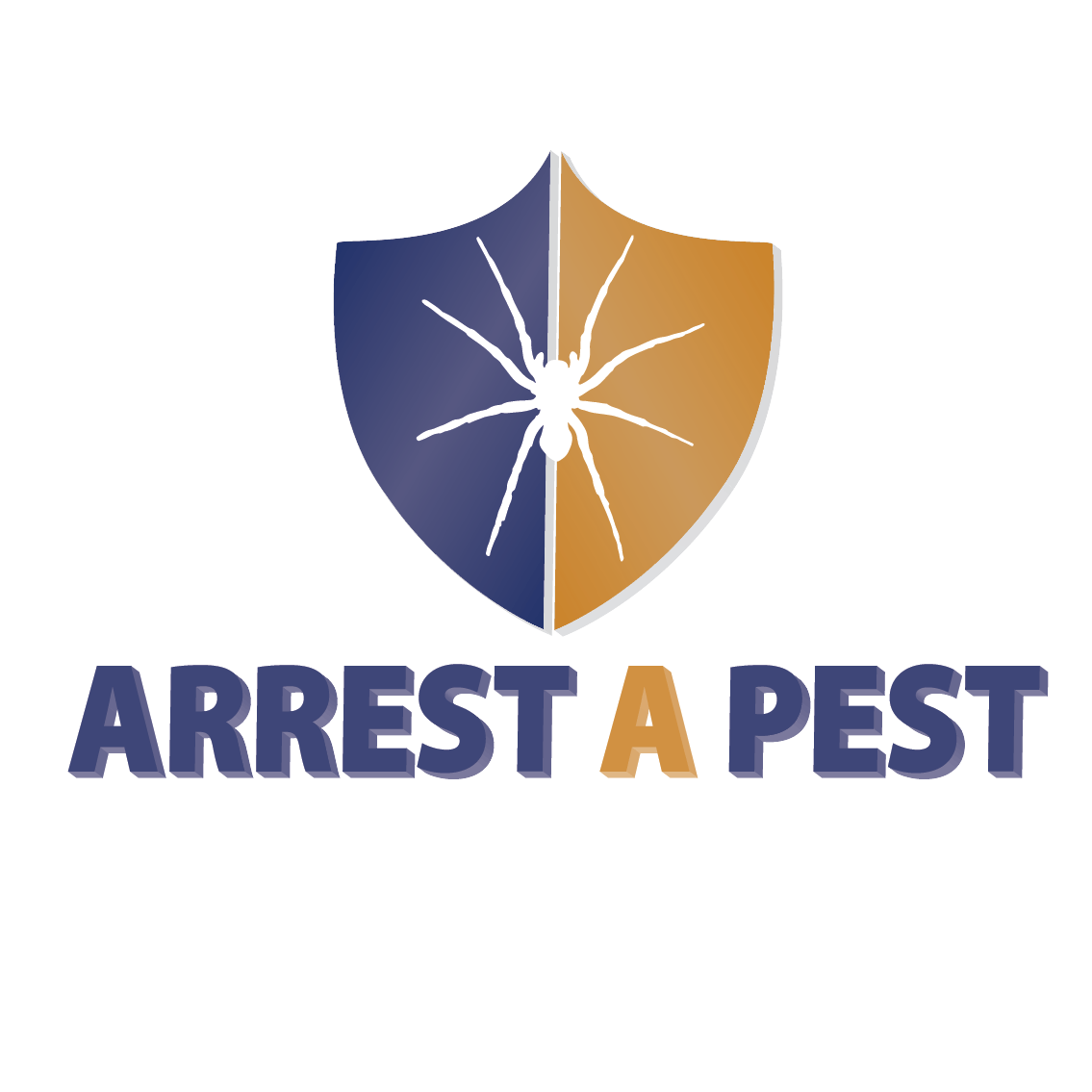This spider is a common household pest throughout kansas. Sometimes called the Fiddleback spider, this arachnid will live in houses, garages, behind boards and in amongst lumber. Brown Recluse spiders range in color from tan to dark brown, and can grow to have an overall length of 2” or more. These spiders are most active during the nighttime hours. Brown Recluse spider bite symptoms often take a few hours to appear.
Common symptoms include swelling, soreness, and redness at the site of the bite. In more severe cases, skin lesions and blistering can occur, along with tissue decay surrounding the bite. The most severe cases often develop in kids or elderely, and can include rash, dizziness, nausea, fever, and chills.





